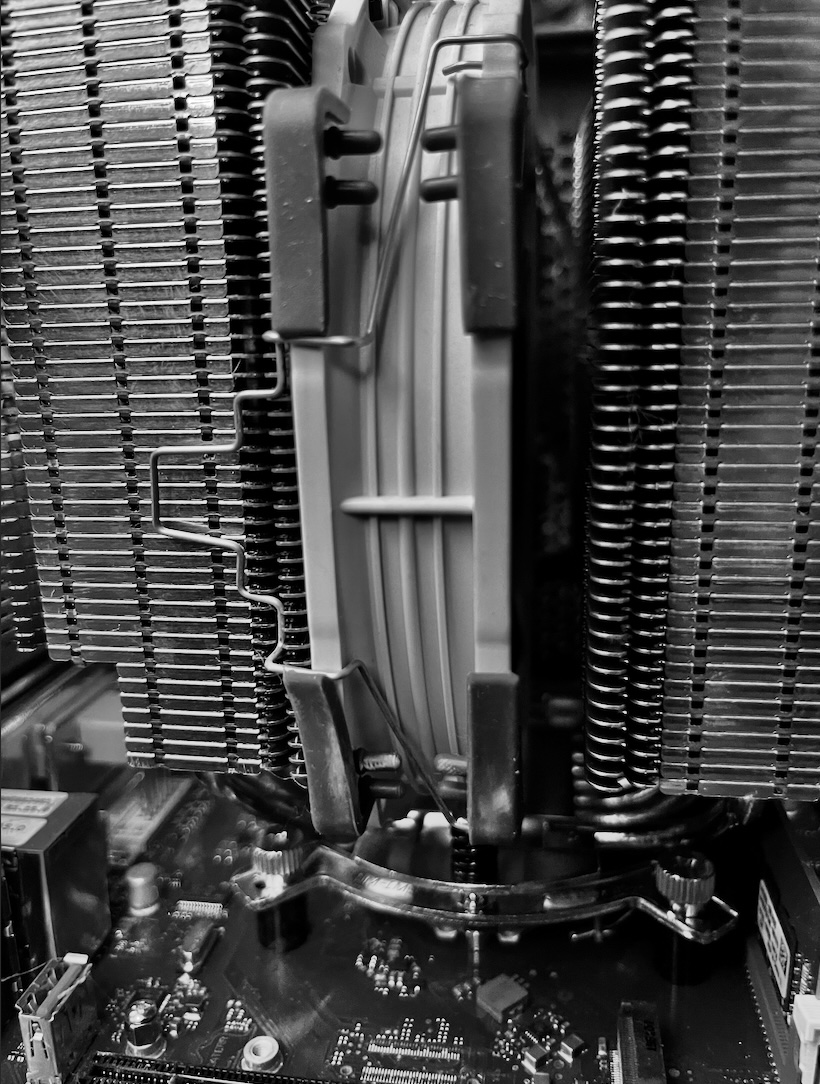The example with the heating system is a better example than I thought. I learned some additional things over the course of the day.
There are workarounds, that doesn’t solve the problem, however it circumvents the problem in a way, that the impact is minimal and it solves all problems created by the problem. On the other side there are workarounds that only hide the most visible (or in the heating case audible) problems, but the main problem is still unsolved.
The issue
Okay, what did I learned today. I’m not an expert in it, so please apologize when I’m oversimplifying it When the input and the output pipe were swapped two problems are created.
The first one is with the valve. While there are bidirectional valves, many in use are directional, especially the ones where you can finetune the water flow. They are optimized for a flow in one direction and don’t work properly in the other. As far as I understand it, the most obvious problem is, that such a valve can be very loud (a banging or fluttering sound) and it doesn’t work.
The more pressing problem is: The water flow in the radiator is disturbed by this. As you may know from your physics education in school warm water tries to rise, while colder water sinks to the bottom. Supported pump the same happens in a radiator. When you input pipe is at the top, the hot water is pumped into the top of the radiator, tries to stay at the top and fills the complete upper half of the radiator, it cools down, it sinks down, and the pump flow takes the cooled down water and pumps it back to your heater in the cellar. You get a radiator used to its full capacity.
Okay, now swap the input and output pipe of the heater. The hot water is pumped into bottom of the radiator and immediately rises to the top where it’s pumped out of the radiator without really being used to heat up the radiator in it’s entirety. I would call it something like a short circuit. How much is dependent on many variables, but studies talked about perhaps 40-50% loss of heating capacity.
As far as I understand it, there is a third problem that the regulation of the radiator isn’t really that good, if the valve is on the output pipe, but you get the idea.
Workarounds
Okay, I have written about two workarounds. One workaround is the botcher valve (“Pfuscherventil”). It solves the problem of the noises from the valve, but does nothing about the problem of the incorrect water flow inside the radiator or the regulation problem. It just doesn’t sound that bad.
The other one is something called “Umlenkstück”. I don’t have any idea how this is called in English, but consider it as piece of piping that you place directly under the radiator the radiator that swaps the input and the output so that at the radiator you have. It only works if the input and output pipe are close together (like 50 mm). When the distance is larger, you are pretty much out of luck and must opt for the most reachable part of the piping in regard of opening the wall and do the swap of both pipes there.
Of course, just using a botcher valve is the easiest way. There are even contraptions which allow you to swap the valve inserts without even drain the pipes. There are kind of hot-swappable (kind of, because you need this contraption, it’s not like pulling a PCIe cards or hard disk). And of course, it’s faster and the most audible and often most disturbing effect of the issue is solved, but the main problem with the radiator reduced in power is still there. However, the people repairing it can do it in a few minutes and it’s very cost effective.
The better workaround solving all problems is more time consuming, you must drain the heating system, perhaps remove the radiator, place the “Umlenkstück”, reseat the radiator, fill up the heating system. Much more time consuming, a lot of more work.
That all said, the correct fix for the problem is to have a stern talk with the company having constructed your heating system to correct the piping. For sure the most time-consuming variant with the most work and probably even construction work. Because when you swap the radiator in 50 years or so, nobody will remember that both pipes are swapped because it isn’t documented anywhere.
I think this is pretty much what happened to me when I swapped this old radiator. This would explain, why this radiator was always the least powerful. I just never had the foggiest idea to check for a swapped input and output. Just heard of this whole class of problems today.
So comparable
When I had the discussions about this today with my brother (he has learned this stuff, and explained a lot of stuff to me, however errors are mine, not his) , I just thought … we in the IT are really nothing special with our bugs, patches, good workarounds, half-assed workarounfs, fixes, documentation of workarounds, the longevity of workarounds and so on. At the end similar problems, similar issues, and similar consequences can be found in all businesses. They are just called differently as every business has its own jargon. Just insert in the story I told above the usual IT jargon. I just thought: I’ve seen similar things in the past 30 years I’m in the IT business.



